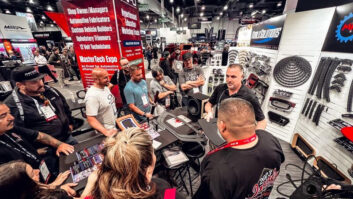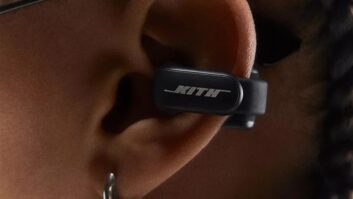New York – The proposed merger of T-Mobile and MetroPCS will put the combined companies on a stronger footing to compete against larger rivals and grow, analysts said.
However, the challenge of combining MetroPCS’s CDMA network and T-Mobile’s GSM/HSPA+ network could be a major risk that will derail the merger’s benefits.
T-Mobile and MetroPCS executives, however, don’t see it that way, promising a smooth, easy transition for existing MetroPCS customers who, as soon as the merger closes, will have an array of T-Mobile-network handsets available to them when they go to upgrade handsets, said John Legere, president/CEO of T-Mobile. T-Mobile’s network has the capacity to accommodate MetroPCS subscribers who change handsets, he said in a conference call with analysts and investors.
Legere downplayed comparisons to the failed merger of the Sprint CDMA and Nextel iDEN networks, which Leger said produced “a loss of functionality” for Nextel subscribers. With the MetroPCS/T-Mobile merger, network capabilities will improve and be similar to or better than those of rival carriers, he contended.
Legere said MetroPCS users will transition quickly to T-Mobile-network handsets because anywhere from 60 percent to 65 percent of MetroPCS subscribers upgrade handsets every year. The current replacement habits of MetroPCS subscribers will enable T-Mobile to turn off MetroPCS’s CDMA cell sites by the end of 2015 and transition them to T-Mobile’s HSPA+ and LTE handsets, he said. MetroPCS subscribers who haven’t swapped out their CDMA handsets by then will be given incentives to make the switch, he added.
The companies expect the merger to close in the first half after MetroPCS shareholders and the federal government approve. The two companies expect those approvals.
T-Mobile and MetroPCS promote the merger as delivering the scale, spectrum and financial resources to expand geographic coverage, offer an improved selection of handsets and services, provide more spectrum for 4G LTE service, and compete aggressively with the nation’s larger carriers.
The combined company will retain the T-Mobile name, but the T-Mobile and MetroPCS brands will be retained, and MetroPCS will be operated as a separate unit. As a result, the new entity will introduce MetroPCS plans and services to a larger number of areas to complement T-Mobile’s offerings, the companies said.
Several analysts agreed that the merged companies will be in a better position to compete.
“The merger positions the new T-Mobile as a far stronger player which, while still the number four carrier, is in a far stronger position from a spectrum perspective,” said Eddie Hold, Vice President, NPD’s Connected Intelligence. “This is key, and it is notable that the new gauge of a successful deal is less about subscriber totals and far more about the combined spectrum potential.”
MetroPCS “was undoubtedly a thorn in T-Mobile’s side from a competitive perspective as both carriers targeted the value market,” he noted.
Analyst Jeff Kagan contended the merger “makes sense, and will be helpful, but just not as much [as a T-mobile merger with AT&T or Sprint.”
The previously planned T-Mobile merger with AT&T, though it collapsed after government opposition, “would have made the most sense for T-Mobile,” Kagan said. “Next best would have been a merger with [number-three carrier] Sprint.
While AT&T and Sprint have a nationwide network, MetroPCS’s network extends to only 14 major metro areas.
The merger “won’t transform the company overnight,” Kagan said, but it “will help both T-Mobile and MetroPCS move ahead.”
For his part, Mike Roberts, principal analyst at Informa Telecoms & Media, said the deal will strengthen T-Mobile’s position by increasing total subscribers by 28 percent to 43 million and increasing market share from 10 percent to 13 percent. More important, he said, the deal will strengthen both carriers’ position in the value segment where both companies are focused. The new company will enjoy 23 percent share of the of the U.S. prepaid market, combining T-Mobile’s 20 percent share and MetroPCS’s 3%
As for transitioning MetroPCS’s CDMA network to a different technology, Roberts contended that the transition “all adds up to a hugely complex and challenging migration that will take significant time and investment, and which is a major risk for derailing the benefits of the deal which the companies say includes $6-7 billion in expected cost savings.”
T-Mobile’s Legere disagreed, saying the network merger is a “very simple seamless extension of our current network-modernization plans.”
And Renee Obermann, CEO of T-Mobile parent Deutsche Telekom, contended that combining MetroPCS’s 1.9GHz and 1.7/2.1GHz bands with T-Mobile spectrum in the same bands will “minimize cost, time and risk associated with acquiring new spectrum.”
T-Mobile has already received a wealth of spectrum for free from AT&T as part of a break-up deal after the collapse of the proposed merger between T-Mobile and AT&T. And T-Mobile recently swapped spectrum with Verizon.
Between the two carriers, T-Mobile and MetroPCS have a combined 70,000 retail outlets through which their handsets are sold.













